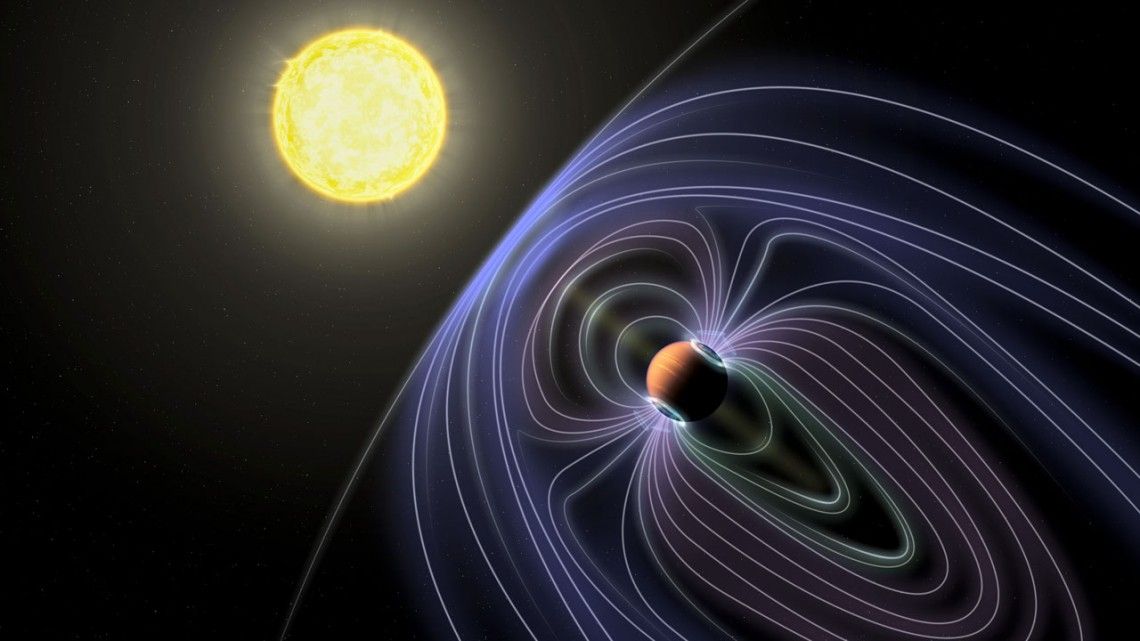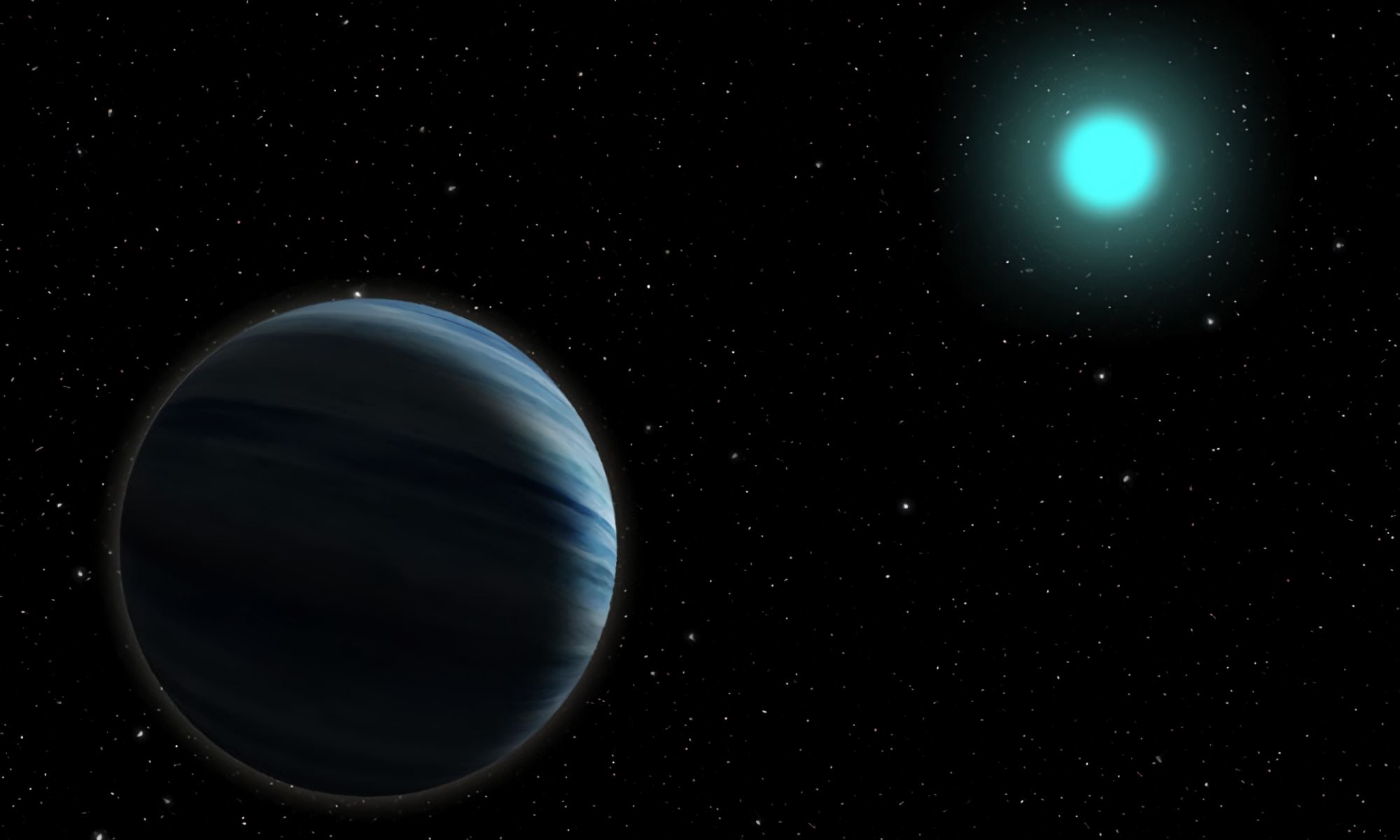Okay, so let’s start with the obvious. The big bang is not dead. Recent observations by the James Webb Space Telescope have not disproven the big bang, despite certain popular articles claiming otherwise. If that’s all you needed to hear, then have a great day. That said, the latest Webb observations do reveal some strange and unexpected things about the universe, and if you’d like to know more, keep reading.
Continue reading “The Latest Webb Observations Don’t Disprove The Big Bang, But They Are Interesting”The Latest Webb Observations Don’t Disprove The Big Bang, But They Are Interesting










